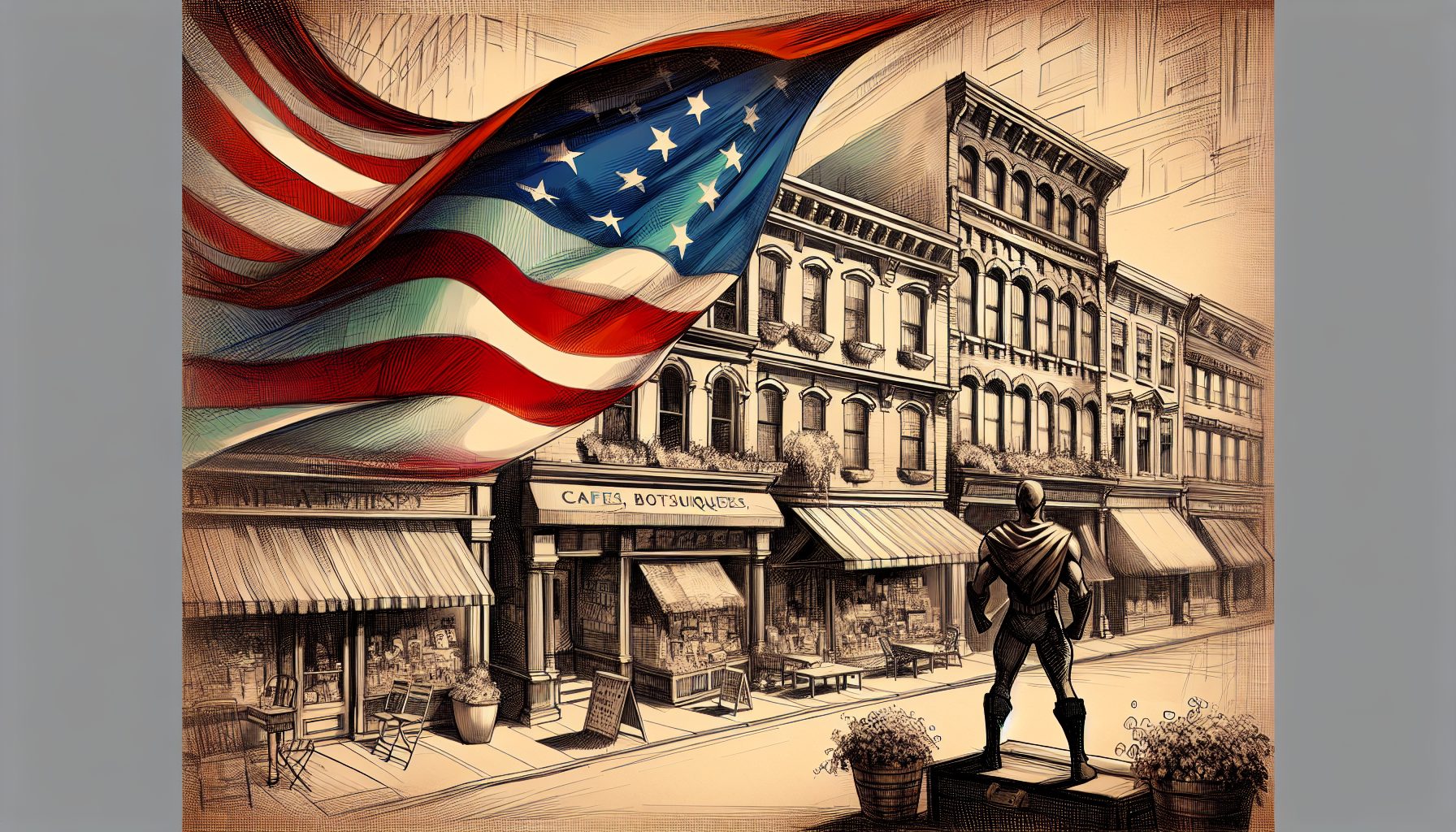
At General Motors, there is no longer a double yellow line separating information technology and business professionals. Instead, the automotive giant has created a dual-lane highway, where upper-level managers well-versed in both business and IT help drive operations, profitability and product design.
The 100-year-old, Detroit-based company’s IT strategy began in 1996, when General Motors hired its first and, to date, only, CIO: Ralph Szygenda. As GM’s group vice president and CIO, he was given the keys to a company that featured extremely decentralized management and information systems, as well as the movement of about 30,000 technical people from EDS, which GM bought in 1994 and spun off two years later.
“It was getting pretty lonely,” recalls Szygenda, who, at the time, was one of only 20 on-staff IT employees at GM.
In a move that stunned many—but has now become a model for many businesses in multiple industries—GM began outsourcing about 90 percent of its IT operations. “The company knew it had to change, and it knew it had to drive more common business structures and efficiency to continue to be successful,” Szygenda says. “The separation of GM and EDS forced GM to look closely at itself and determine what to do. It basically gave GM a clean sheet of paper.”
Making Business Hum
Szygenda took this clean sheet and wrote down two main goals: One was to standardize on common processes at GM sites around the world. The second was to integrate information technology into GM by including a CIO and a process information officer (PIO) at each business.
“This matrix let two people—a CIO and a process information officer—talk to me on any issue.” Szygenda says. “The CIO was technical and focused on today, and the PIO was focused on strategically changing the company.
“The heads of engineering trusted process information officers because of their experience. But if you brought CIOs to the engineering heads—realizing that, at the time, the business units didn’t know what CIOs were—they would think of them as pure technology people and wouldn’t listen to them. You had to get somebody who could speak their language—someone who had designed trucks and cars, but who also understood information technology.”
The auto manufacturer needed to change, and creating a dynamic that features two strong leaders within each business has prevented CIOs from clinging to applications or processes, Szygenda explains. Since then, IT has removed 5,000 systems, along with the associated management and support costs. GM went from
22 computer-aided design programs to one, which is now used by its designers everywhere in the world.
“We have taken out $12 billion of cost since 1996,” Szygenda reports. “We’ve put back $7 billion to redo telecommunications around the world and have given back $5 billion to GM.
“We didn’t ask for any money: It was all mined out of GM. When you don’t ask for more money and you mine it out of the company itself, it’s a lot easier to sell [a project] than if you’re asking for $500 million.”
Standardizing on all GM applications and tools allows the company’s more than 30,000 engineers, developers and support staff to use the same IT solutions, in real time, throughout the world. “It’s like they’re all in the same conference room,” Szygenda notes.
GM’s suppliers must follow the same rules and use one organization to support the company at all of its locations. “Every IT supplier has to support GM throughout the world,” Szygenda adds. “IBM cannot have IBM China and IBM Australia and IBM Germany. It has to all be the same. All these suppliers use the same processes to support us.
“They all do the same thing, so everything looks the same, and they all know how to work with each other. If you’re running a company as big as GM—in real time, 24 hours a day, seven days a week—it all has to run together as if it’s one.”








